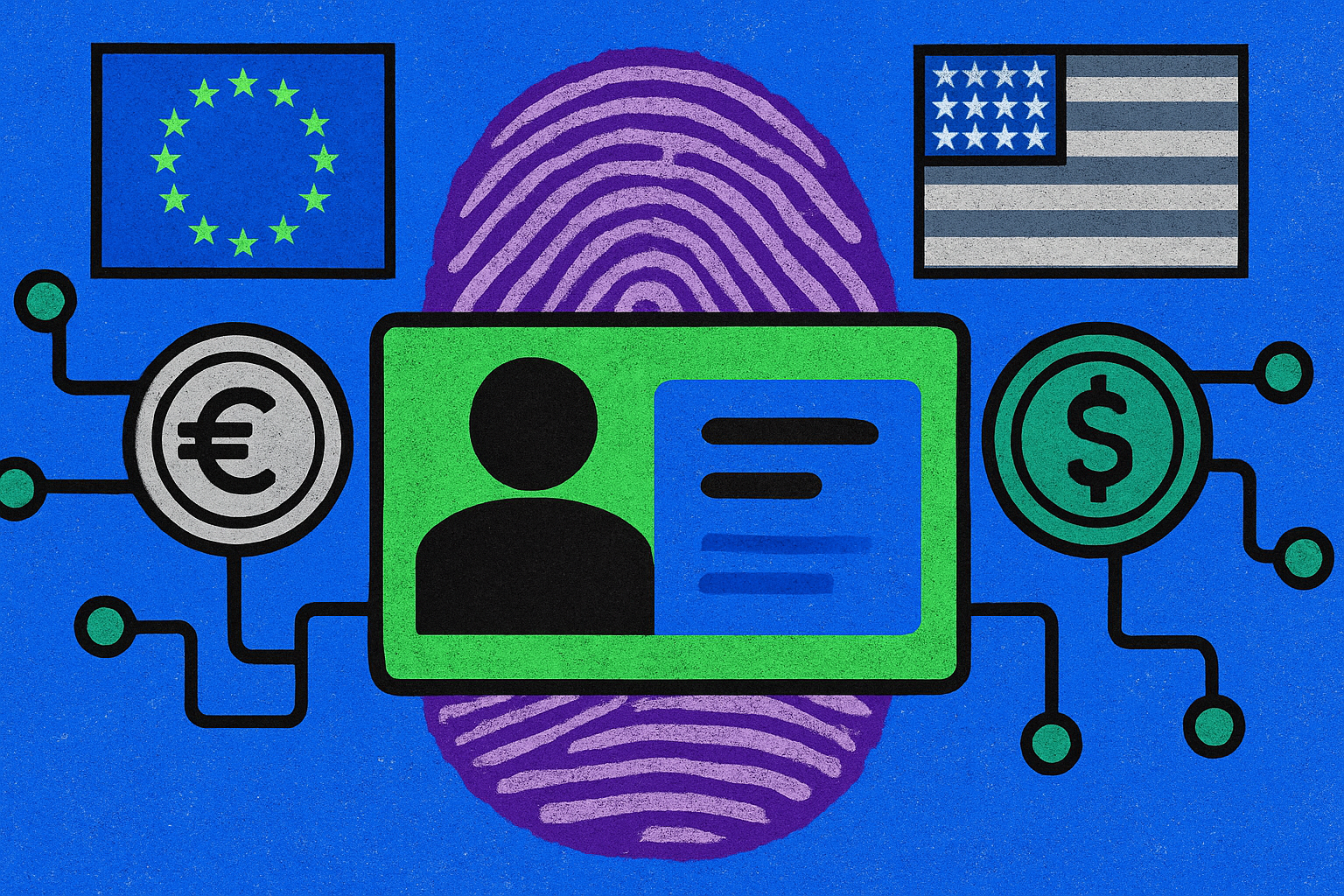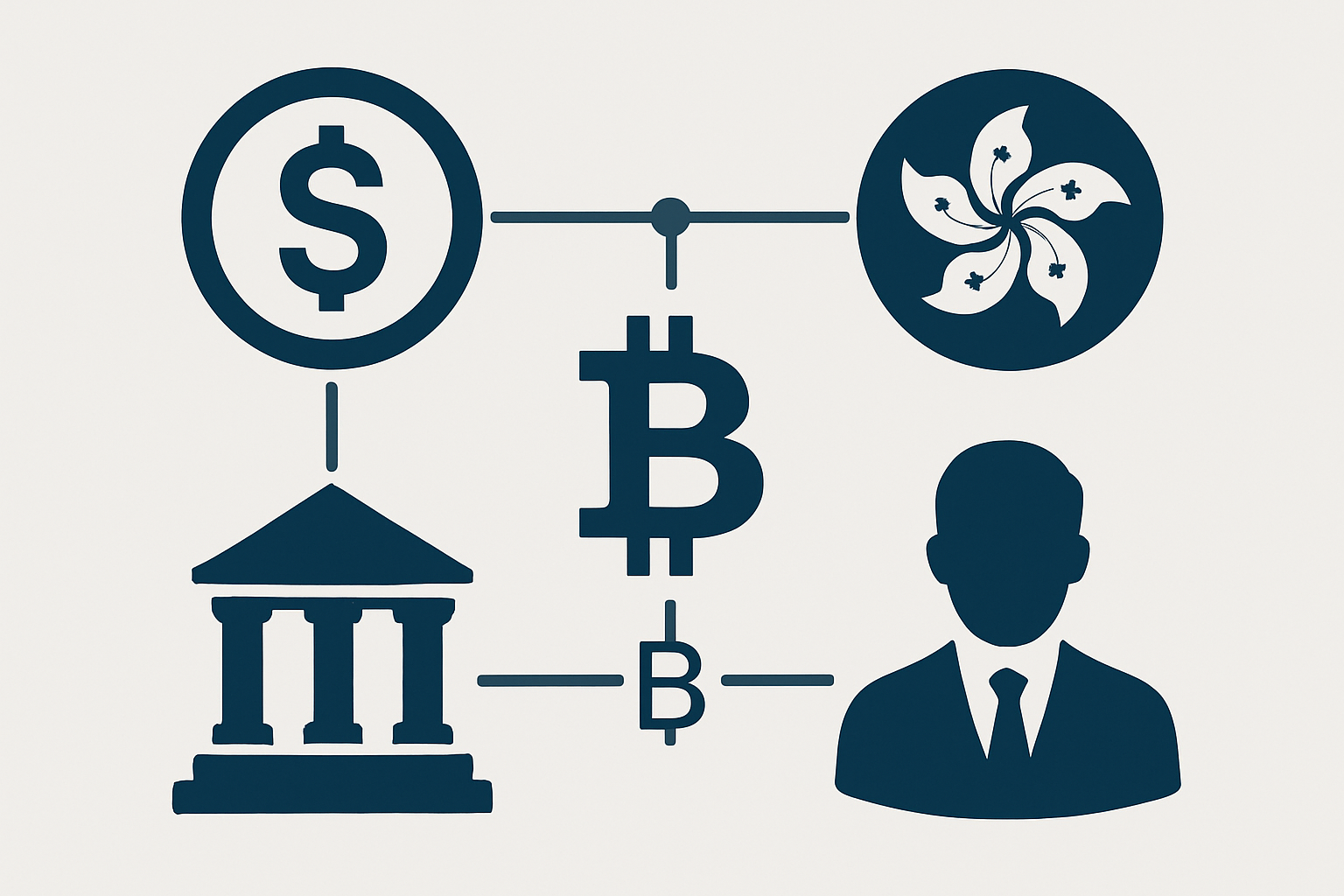
Hong Kong’s financial landscape is undergoing a seismic shift as the city’s highly anticipated Stablecoin Ordinance officially took effect on August 1,2025. This new law establishes a comprehensive licensing regime for fiat-referenced stablecoin issuers, aiming to position Hong Kong as a premier hub for regulated digital assets in Asia. For institutional players, the ramifications are profound: regulatory clarity is finally here, and with it comes both opportunity and responsibility.

Hong Kong Stablecoin Law 2025: A New Era for Institutional Participation
The passage of the Stablecoins Bill by Hong Kong’s Legislative Council on May 21,2025, marked a pivotal moment for the region’s digital finance sector. The law mandates full reserve backing, strict redemption guarantees, and robust oversight by the Hong Kong Monetary Authority (HKMA). These requirements are not just checkboxes; they’re designed to boost market confidence and protect end users from systemic risks that have plagued unregulated stablecoin projects elsewhere.
This legal certainty has already sparked significant institutional interest. One standout example is the joint venture between Standard Chartered, Animoca Brands, and HKT – Anchorpoint Financial – which aims to become one of the first licensed stablecoin issuers under the new regime. Their move underscores how traditional banking giants are now actively seeking to integrate blockchain-based solutions into their core offerings in Hong Kong.
Why Institutional Crypto Adoption Is Accelerating in Hong Kong
For years, institutional investors hesitated to embrace crypto at scale due to regulatory uncertainty. With the implementation of Asia’s most advanced stablecoin regulation, those barriers are rapidly falling. The HKMA has signaled it will issue only a handful of licenses in the initial phase – a strategy designed to ensure that only well-capitalized and fully compliant players enter the market.
This careful approach appeals directly to institutions seeking predictable risk management frameworks. By mandating full reserve requirements and guaranteeing redemption rights, Hong Kong addresses two of the biggest concerns for large-scale investors: liquidity risk and counterparty exposure. The result? A surge of applications from banks, asset managers, fintechs, and Web3 startups eager to participate in this newly legitimized market.
Key Requirements for Stablecoin Issuers in Hong Kong (2025)
-
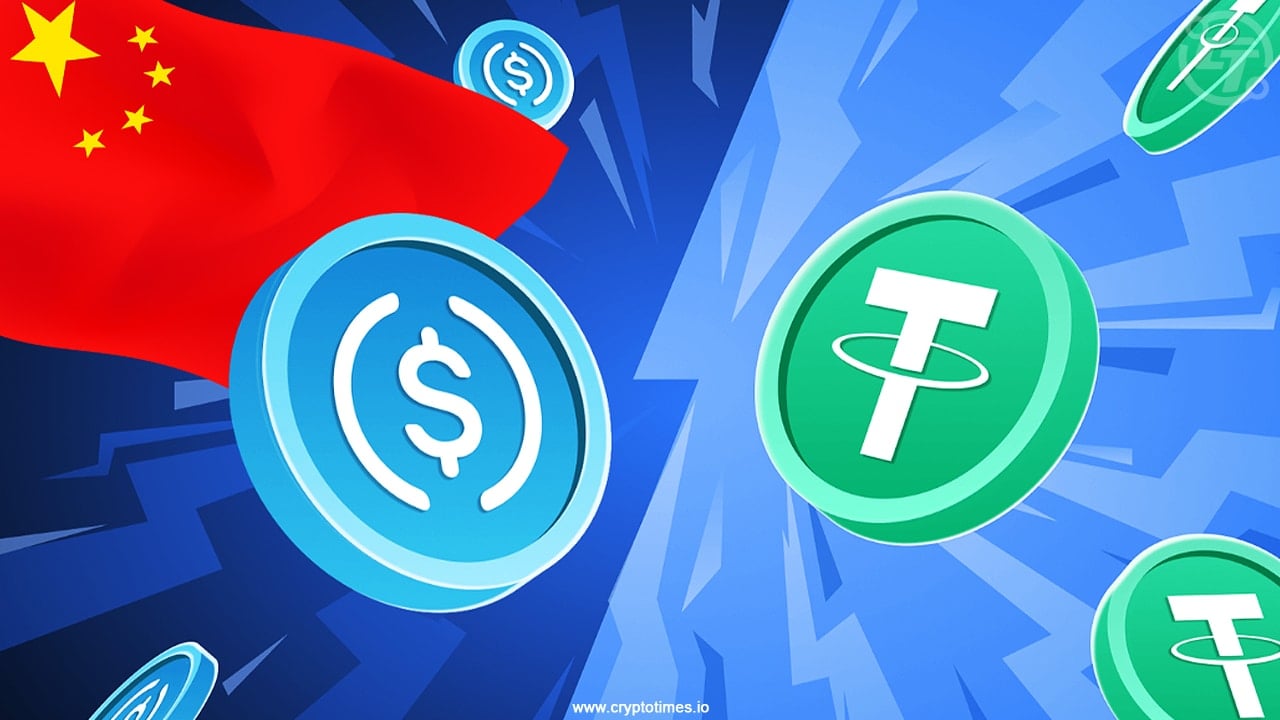
Mandatory Licensing by the HKMA: All fiat-referenced stablecoin issuers must obtain a license from the Hong Kong Monetary Authority (HKMA) before offering services to the public. This ensures only vetted and compliant entities operate in the market.
-

Full Reserve Backing: Issuers are required to maintain 100% reserve backing for all issued stablecoins, with reserves held in high-quality, liquid assets. This measure is designed to safeguard consumer funds and uphold market stability.
-

Strict Redemption Guarantees: The law mandates that stablecoin holders must have the right to redeem stablecoins at par value promptly. Issuers must establish clear and transparent redemption mechanisms to protect users.
-
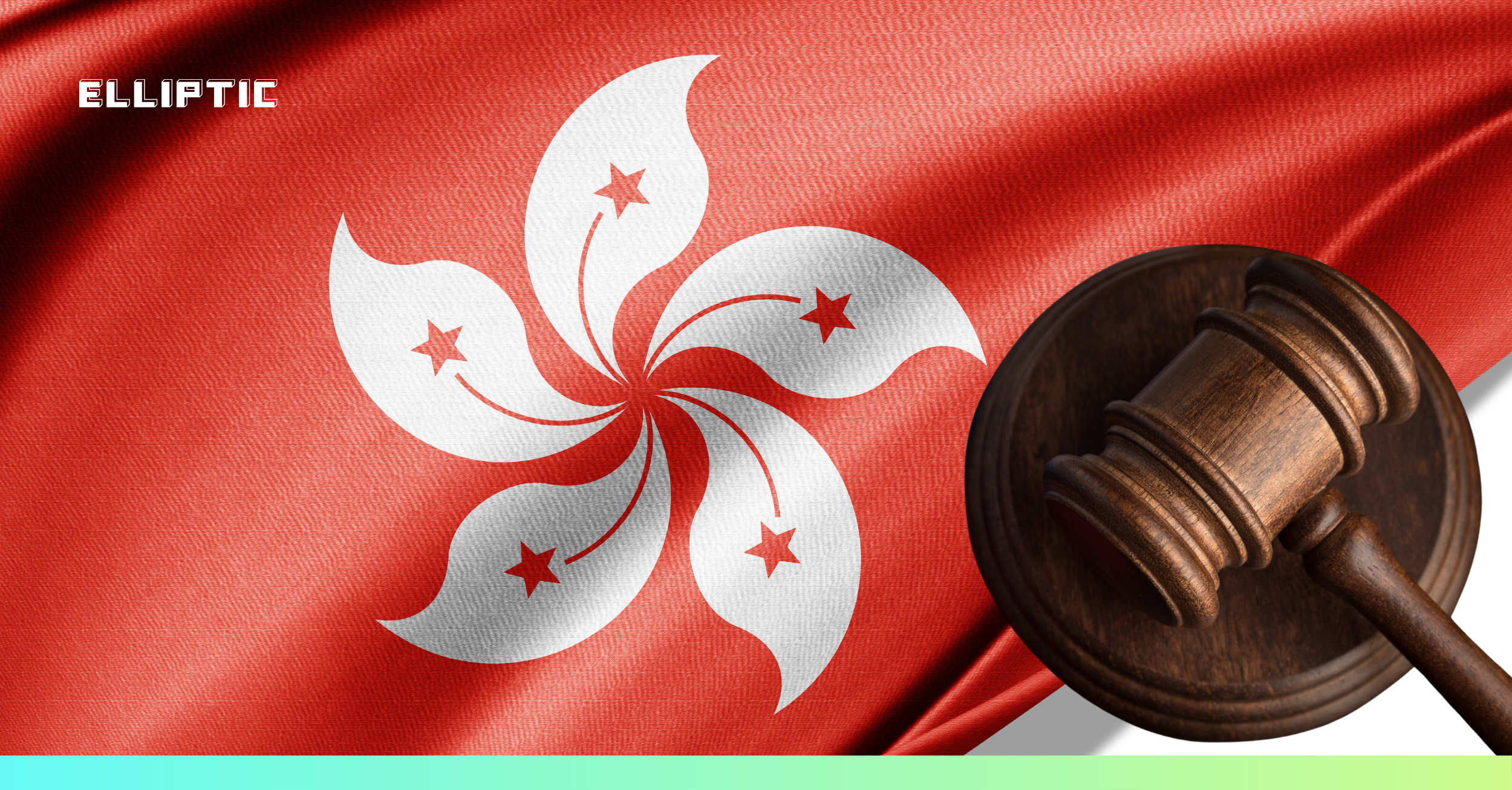
Robust Governance and Risk Management: Issuers must implement comprehensive governance frameworks, including risk management, internal controls, and anti-money laundering (AML) procedures, in line with HKMA standards.
-
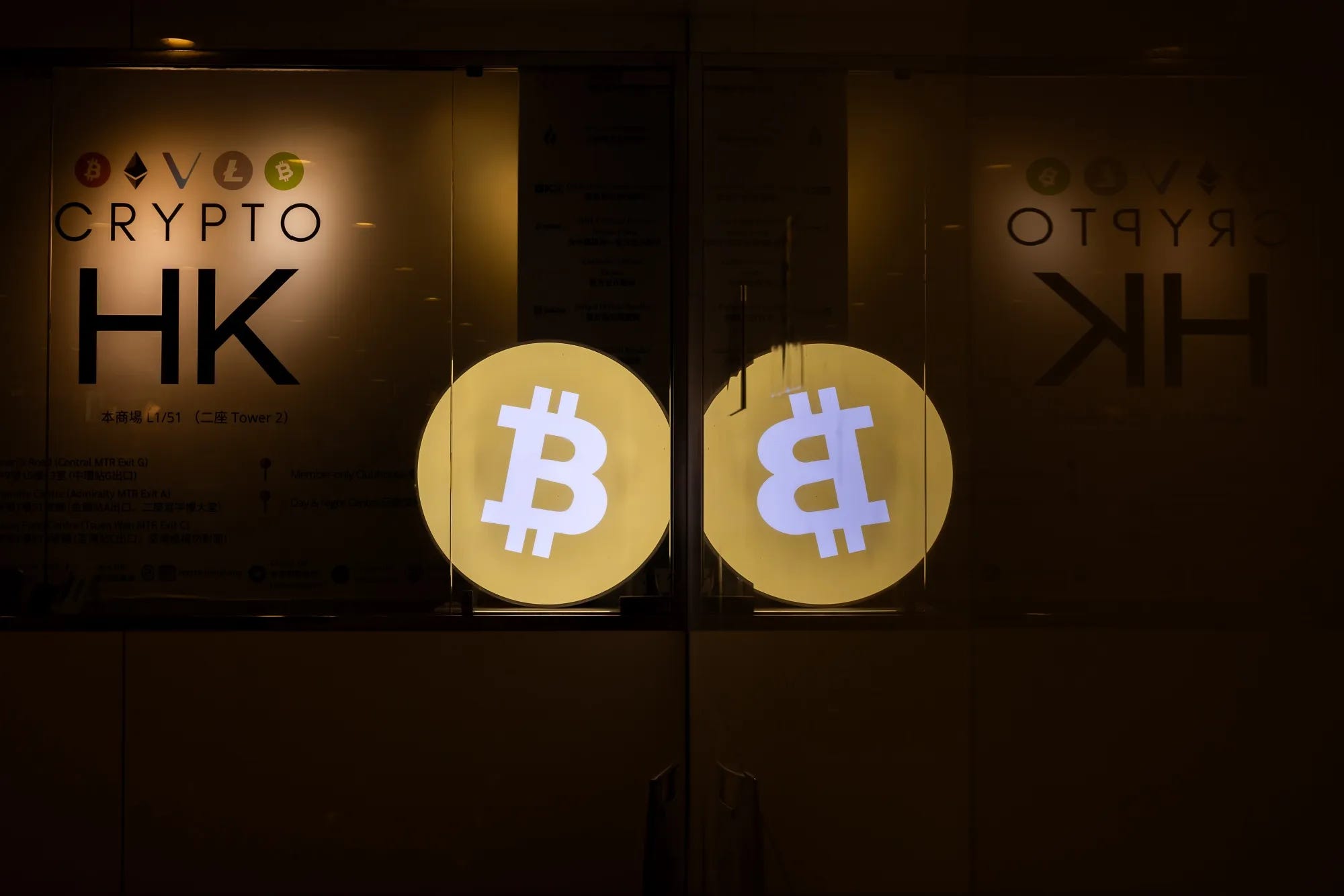
Regular Auditing and Transparency: The ordinance requires independent audits of reserves and regular disclosure of reserve holdings and operational practices, enhancing transparency and market confidence.
-
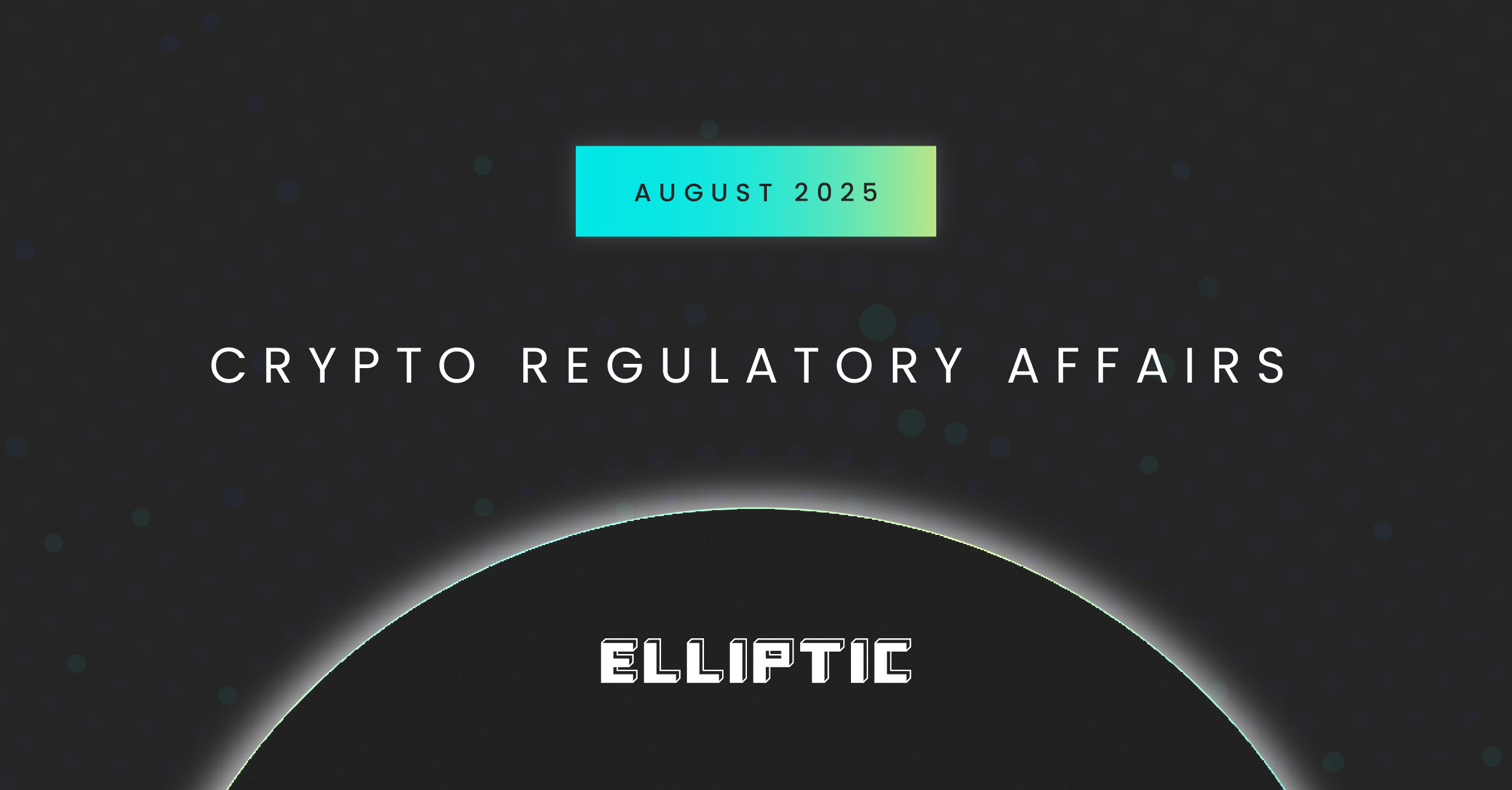
Ongoing Regulatory Oversight: Issuers are subject to continuous supervision by the HKMA, including compliance reviews and reporting obligations, to ensure adherence to all regulatory requirements.
The Impact on Real-World Asset Tokenization
Perhaps most exciting is how this regulatory clarity accelerates real-world asset tokenization in Hong Kong. With trust in fiat-referenced stablecoins secured by law and oversight from HKMA, institutions can confidently tokenize assets like real estate or private credit – unlocking new efficiencies in settlement times and reducing cross-border friction.
The ordinance also positions Hong Kong as a model jurisdiction within Asia for others considering similar frameworks. As global competition heats up around digital asset regulation, clarity on issues like reserve management and redemption rights will be crucial benchmarks for other markets seeking to attract institutional capital.
Market participants are already seeing the effects of the new framework. Since August 2025, inquiries from both local and overseas institutions have spiked, with several multinational banks and asset managers reportedly preparing applications for stablecoin licenses. This uptick is not just anecdotal; it reflects a genuine shift in sentiment as regulatory risk diminishes and operational certainty grows. The HKMA’s commitment to transparency and phased licensing further reassures applicants that compliance expectations are clear, measurable, and achievable.
“Hong Kong’s stablecoin regime is a masterclass in balancing innovation with investor protection. Full reserve requirements and redemption guarantees set a gold standard for Asia. “
One of the most immediate benefits for institutional crypto adoption in Hong Kong is the newfound ability to integrate stablecoins into traditional financial infrastructure. Payment providers can now settle transactions in tokenized fiat with legal certainty. Asset managers can launch regulated on-chain funds, while banks can offer custody services or even issue their own fiat-backed tokens under strict HKMA oversight.
Opportunities for Cross-Border Payments and DeFi Integration
The robust regulatory perimeter does not just serve local interests. By creating an interoperable framework, Hong Kong positions itself as a regional base for cross-border stablecoin flows, especially relevant for trade finance and remittances across Greater China and Southeast Asia. As more jurisdictions contemplate similar laws, Hong Kong’s early mover advantage could translate into network effects that benefit its licensed issuers and institutional clients alike.
The ordinance also opens doors for deeper integration between decentralized finance (DeFi) protocols and traditional institutions. Licensed stablecoins that are fully reserved and redeemable on demand become attractive collateral assets within DeFi lending markets or automated market makers, without the regulatory overhang that has hampered institutional participation elsewhere.
Challenges Ahead: Compliance, Competition, and Innovation
Despite this progress, challenges remain. The stringent requirements around full reserve backing mean only well-capitalized entities will qualify, a barrier to entry that could limit diversity among issuers in the short term. Additionally, ongoing supervision by the HKMA will demand continuous investment in compliance systems and transparency reporting.
There is also heightened competition among Asia-Pacific centers vying to become digital asset hubs. Singapore’s existing frameworks and Japan’s progressive stance on digital money mean Hong Kong cannot rest on its laurels; it must continue refining its regime to attract top-tier projects while maintaining high standards of consumer protection.
Key Opportunities for Institutions Under Hong Kong’s Stablecoin Law
-

Regulated Stablecoin Issuance: Licensed entities like Anchorpoint Financial (a joint venture of Standard Chartered, Animoca Brands, and HKT) can issue fiat-referenced stablecoins under clear HKMA oversight, enabling trusted digital asset products for institutional clients.
-
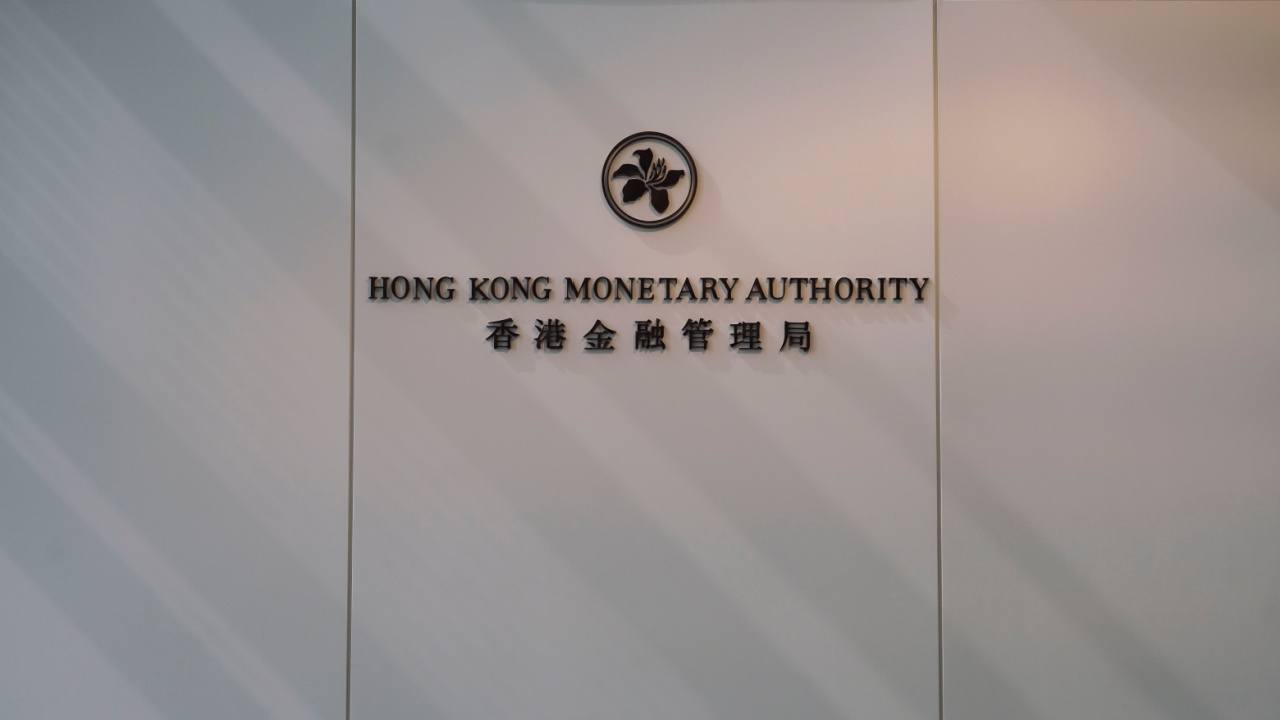
Enhanced Market Confidence: The Hong Kong Monetary Authority’s (HKMA) comprehensive regulatory framework, including full reserve and redemption requirements, increases institutional trust and participation in the stablecoin sector.
-
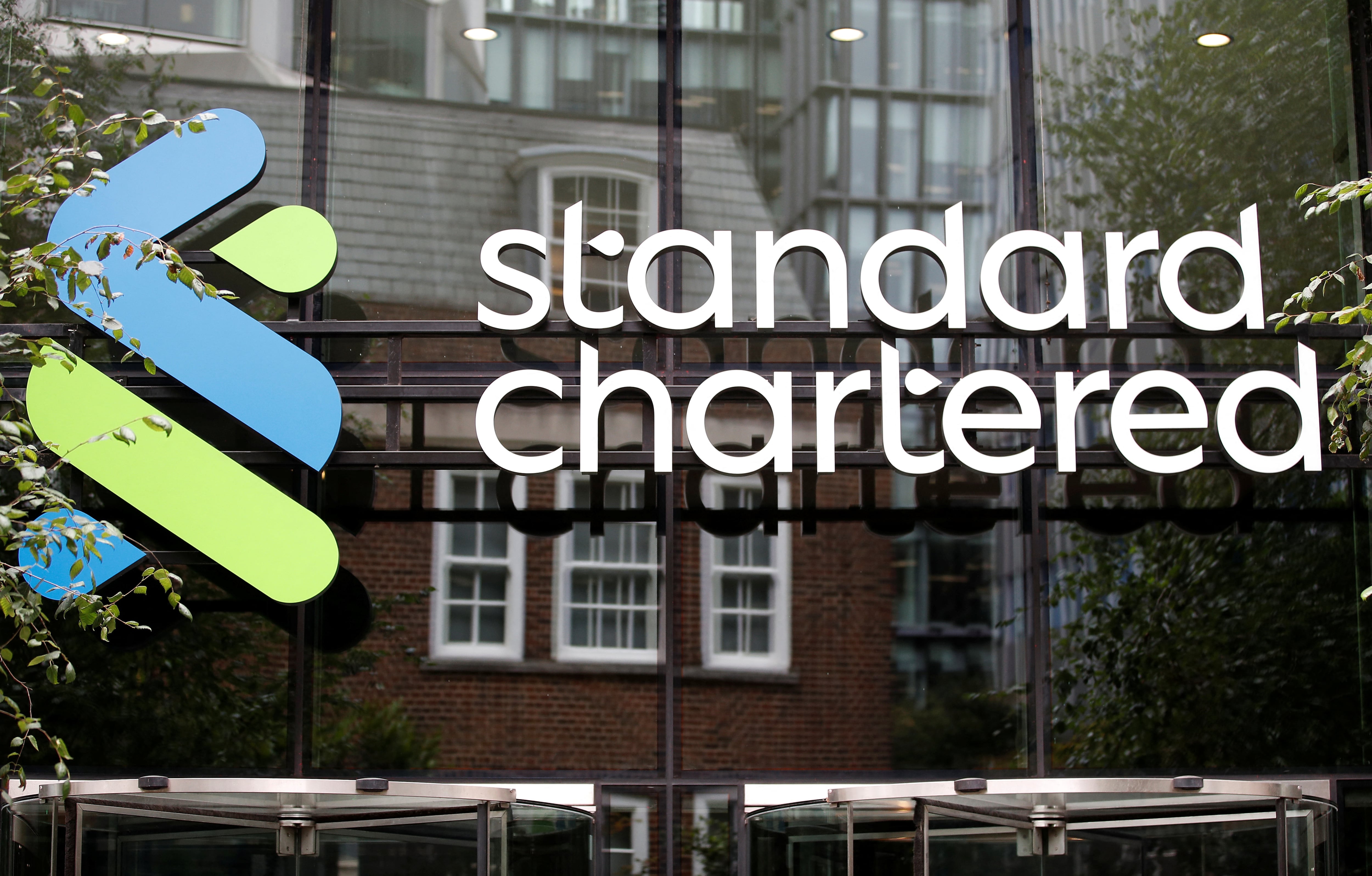
Integration with Traditional Finance: Partnerships between established banks (e.g., Standard Chartered) and digital asset firms foster seamless connectivity between conventional finance and blockchain-based markets, supporting new institutional investment products.
-

Access to a Leading Digital Asset Hub: Hong Kong’s proactive regulatory stance positions it as a premier jurisdiction for regulated digital assets, attracting global institutional investors seeking compliant exposure to stablecoins and related innovations.
-

First-Mover Advantage: Early licensees will benefit from limited competition and the opportunity to shape market standards as the HKMA initially issues a small number of stablecoin licenses, with the first batch expected in early 2026.
For legal professionals advising clients or compliance teams building new workflows, staying up-to-date with licensing criteria, reporting obligations, and enforcement trends will be essential as the first batch of licensees comes online in early 2026. The coming months will be a critical test period, one that will shape both market structure and competitive dynamics across Asia’s digital asset landscape.
Read more about Hong Kong’s Stablecoin Ordinance at CNBC
The Road Ahead: Institutional Crypto Adoption Reaches New Heights
The passage of the Stablecoins Bill signals a new era where institutional crypto adoption in Hong Kong is no longer speculative, it is actively unfolding. With clear rules of engagement, robust oversight from the HKMA, and strong interest from established financial players like Standard Chartered’s Anchorpoint Financial venture, the city stands poised to lead not just Asia but potentially global markets in regulated digital asset innovation.


